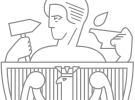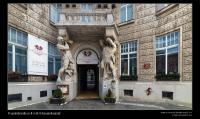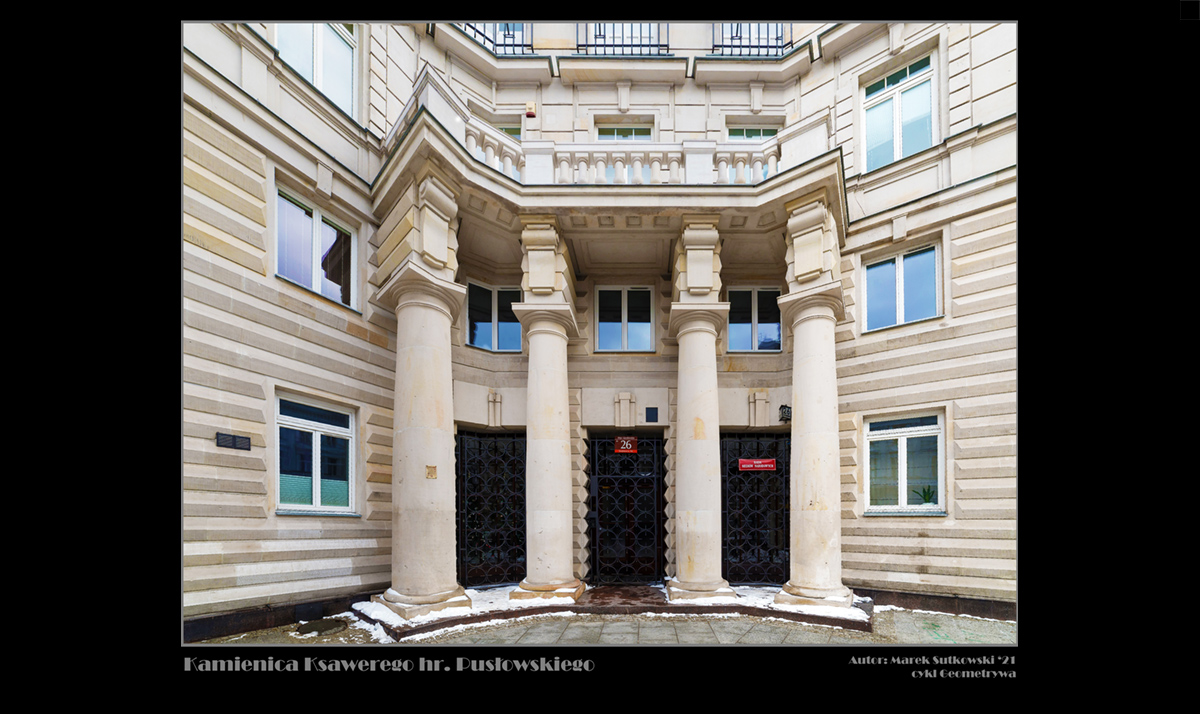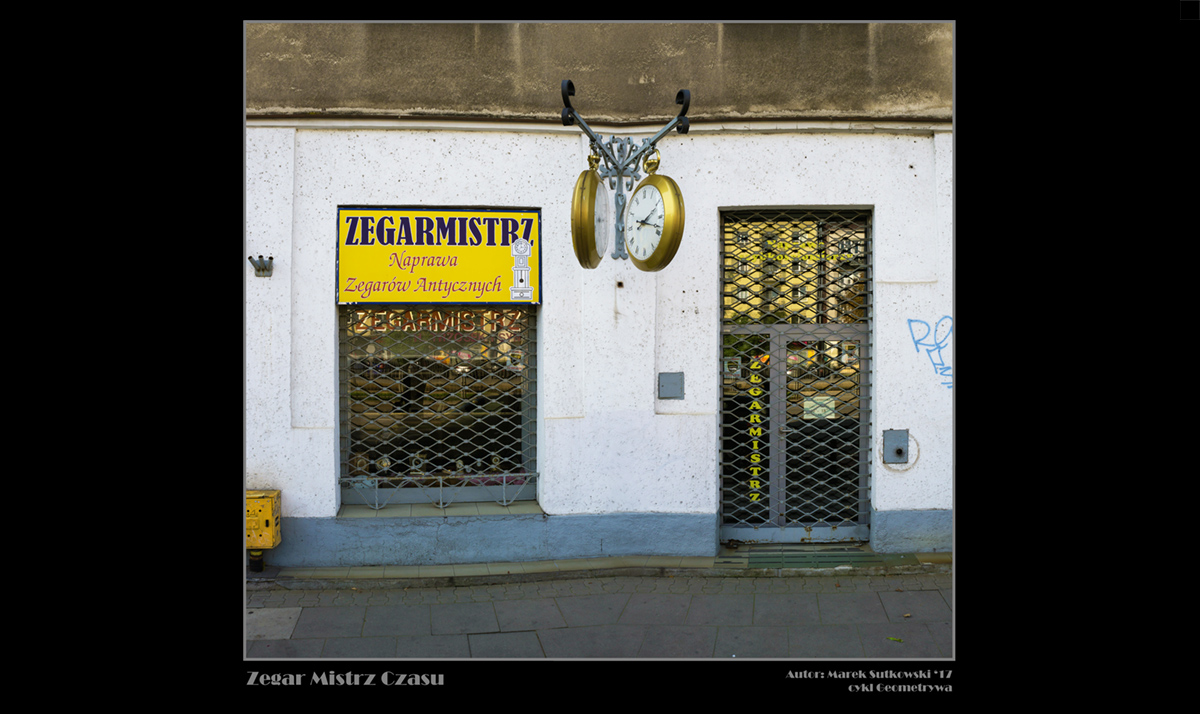Geometrive – surreal architectural photography
It enables you to portray real objects in an unreal way. Sometimes these are but subtle changes, quite invisible at first glance. However, the obtained result might defy common sense and well-established physical laws. We are talking about geometrive – a technique originated by Marek Sutkowski, Ph.D. from the Faculty of Electronics and Information Technology.
- This technique is based on manipulating the mapping of space and its transformation in order to obtain the final photogram portraying a form impossible to exist in the world we know - explains the scientist. - In geometrive we observe real solids and lines deformed and mutually interpenetrating in an unlikely way. The viewer receives a distorted image of a known reality, deceiving his senses and showing the world as if it was made of a freely formable material.
The formation of geometrive
Geometrives are made in two stages. The first stage involves taking a series of images (photograms) that reflects a selected object with a variable perspective. It is almost a classic photographic process. Almost, as it deliberately omits many rules of architectural photography. The second stage is combining the recorded series of pictures into one - in order to deform the reality, and, finally, to show the unreal scenery. It is arduous work that calls for extraordinary precision.
– Both stages must be purposefully interdependent, since improperly prepared series of photos will disallow their subsequent combination while keeping the necessary continuity of lines and selected shapes - points out Sutkowski, Ph.D. - In turn, the combining process requires the knowledge of the perspective of each of the images from the recorded series, which makes it possible to carry out the synthesis of images and deliberate manipulation of the final deformations.
In geometrive the distortion of reality (such as the direction, shape and degree of distortion) in subsequent photographic shots must depend on the photographed motif. It is supposed to make room for its character, spatial form, as well as the role it has played and still plays.
Further than the imagination
Sutkowski, Ph.D. scientifically deals with photographic and holographic techniques, recording techniques (including optical measurements), image editing and processing in photography. He also conducts classes in this field for his students.
The very idea of geometrive is the result of his own photographic experience and numerous discussions on the history of photography, technology and photographic techniques, and also on the theory and art of seeing in the subject of architecture.
– In the architectural photography the key issue is the need to maintain the correct geometry of the solids, which unfortunately is a major complaint in this field of photography nowadays, emphasizes Sutkowski, PhD - Recipients have developed acceptance for images with terrible mapping errors, and oftentimes simply unaesthetic. Paradoxically, this gave rise to the idea of a creative use of "perspective sloppiness", that is, photographing with a conscious violation of the principles of maintaining the correctness of geometric representation.
The first geometrives were created by our researcher at the beginning of 2017. The results were not satisfactory right away, but they demonstrated the concept's potential.
– The geometrive technique seems best suited for architectural objects, says Sutkowski, Ph.D. - It allows us to show the objects we encounter every day, whose shapes and forms we almost know by heart, and whose existence in a different form we cannot even imagine. With the use of geometrive, they can be shown as they would look if their designers and builders had no restrictions on the formation of matter.
However, the use of technology can be much broader than architecture, e.g. in portrait photography it allows to obtain exceptional photo caricatures.
More information on geometrive can be found in the book by Witold Dederka and Cezary Dybowski, "O fotografowaniu architektury” (On photographing architecture) (Sutkowski, Ph.D. was its content consultant) and on our scientist’s website.










